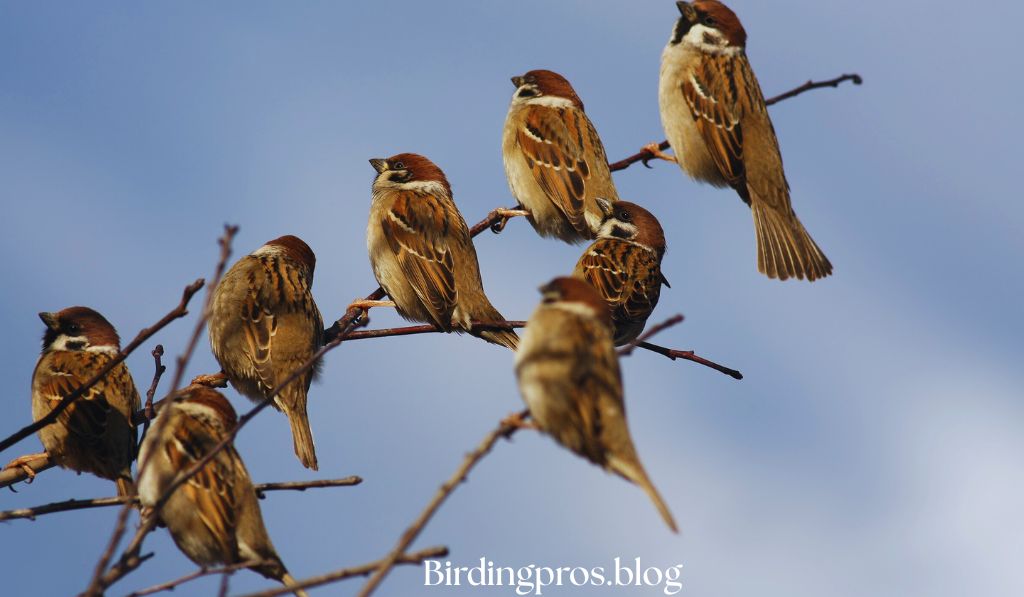Have you ever discovered the small, brown birds darting round your garden? Those are probably sparrows – and there may be a lousy lot extra to them than meets the eye!
While many outside fowl enthusiasts’ reputation on attracting colourful traffic like cardinals and blue jays, the various global of neighborhood sparrows regularly receives disregarded.
Yet, those resilient little birds can supply truly as masses pleasure and fascination in your chook-searching enjoyment.
The thriller to attract native sparrows to go to your feeder often is not complex, but it does require know-how about their particular options and behaviors.
In this whole manual, you could discover a way to transform your outdoors right into a sparrow haven so one can have these charming birds returning on a every day basis.
Table of Contents
ToggleThe Rich Diversity of Native North American Sparrows
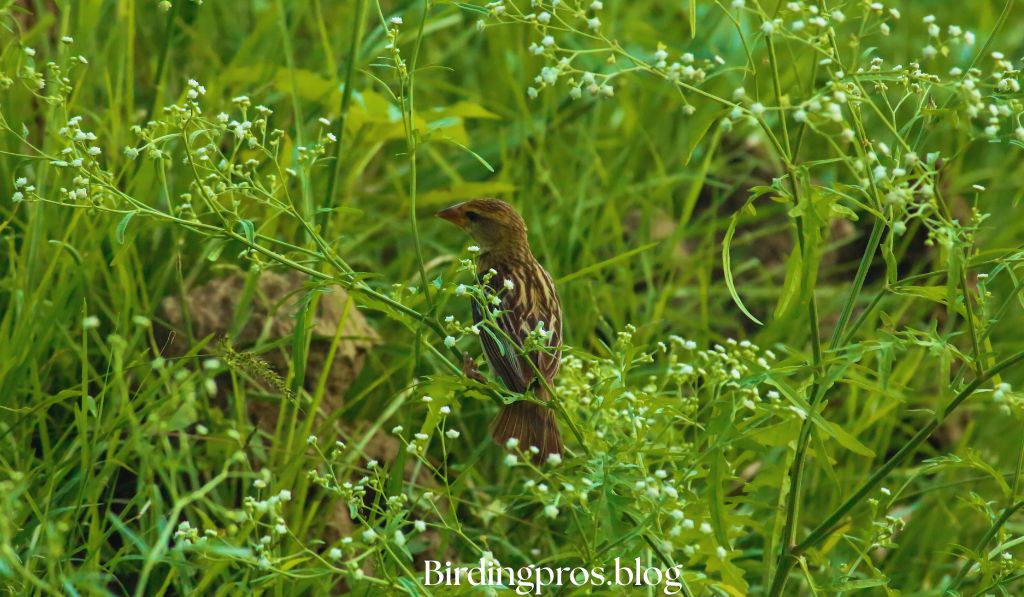
Did you recognize that North America is home to greater than 50 species of native sparrows? This first rate range extends a long way beyond the non-local House Sparrow that many human beings are familiar with.
Each sparrow species has its personal particular tendencies, habitat alternatives, and dietary dreams.
Native sparrows may be found throughout numerous regions of North America, from coastal areas to mountain levels, from forests to grasslands.
Their potential to evolve to specific environments is a testimony to their evolutionary success. By getting to know the local sparrows in your place, you may create an extra welcoming environment for those top notch birds.
Most Common Native Sparrows within the United States
While the House Sparrow (a brought species) is ubiquitous across North America, there are numerous native sparrow species that deserve your interest.
Here are four of the most commonplace local sparrows you are in all likelihood to come upon:
Song Sparrow
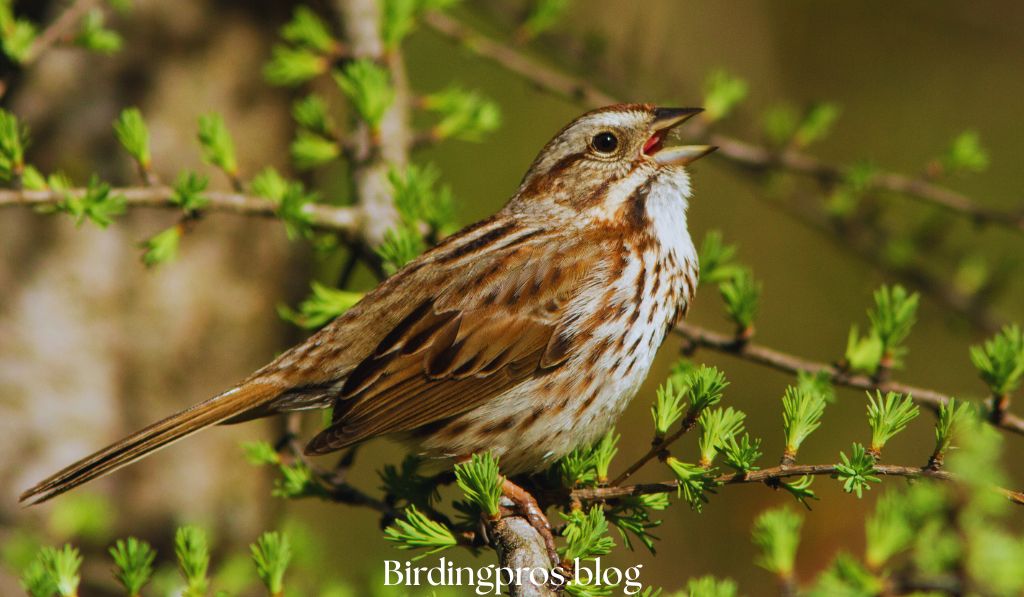
The Song Sparrow is the largest local sparrow in North America. These medium-sized sparrows feature carefully streaked breasts with a valuable darkish spot and brownish upperparts.
Their call comes from their beautiful, complicated songs that modify domestically.You can find Song Sparrows in almost every nation in the USA and in Canada.
They inhabit numerous environments including brushy regions, marshes, woodland edges, and suburban gardens. Their adaptability makes them commonplace traffic to outdoor feeders.
Song Sparrows are acknowledged for their variability in look, with many awesome subspecies during their range.
Despite those variations, they normally maintain their function streaked appearance and melodious song.
Chipping Sparrow
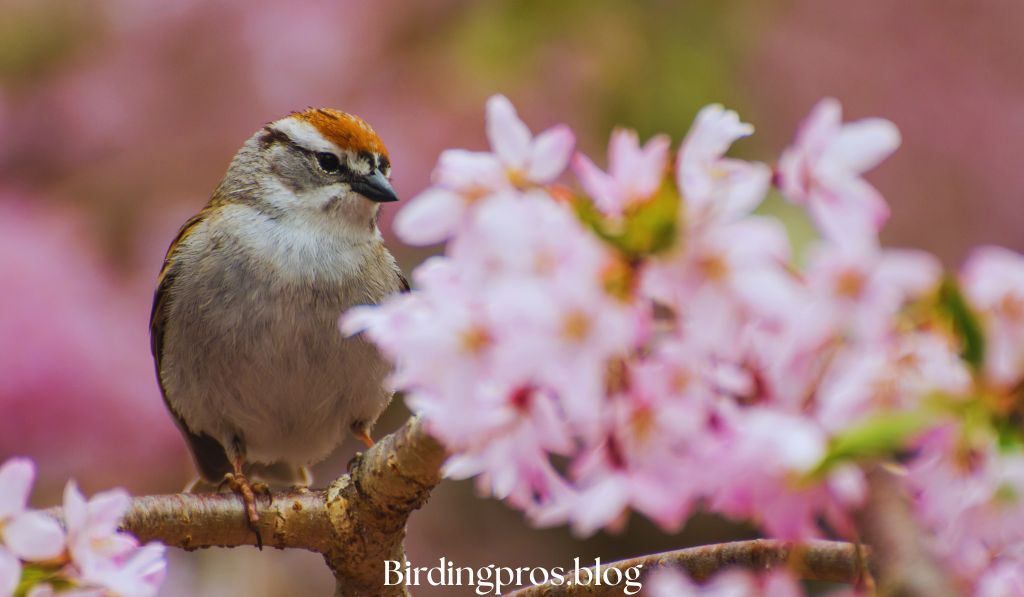
Chipping sparrows are small, narrow sparrows with wonderful rusty-purple caps for the duration of breeding season.
Their smooth gray breasts and underparts evaluate with their brown and streaked backs, making them mainly smooth to turn out to be aware about.
These sparrows are commonplace summer time residents throughout most of North America.
They breed from Alaska and Canada southward at some stage in America, except for elements of the southeastern coastal plain. During wintry weather, they migrate to the southern United States and past.
Chipping Sparrows determine on open woodlands, forest edges, parks, and suburban regions with scattered timber. Their tame nature frequently brings them near human habitation, making them everyday outside site visitors.
White-throated Sparrow

The White-throated Sparrow is immediately recognizable through the usage of its bold black and white (or tan and white) head stripes and vibrant white throat patch. Some individuals have white head stripes whilst others have tan stripes, a captivating genetic version.
These sparrows are popular in Canada and the northern factors of the United States.
During iciness, they turn out to be not unusual citizens throughout the maximum of the Japanese and southern United States, wherein they frequently go to feeders.
White-throated sparrows normally forage at the ground in brushy regions and woodlands. Their sweet whistled music, regularly described as “Old Sam Peabody, Peabody, Peabody” (or “Oh Sweet Canada, Canada, Canada” to Canadians), is an acquainted sound in lots of japanese woodlands.
Savannah Sparrow
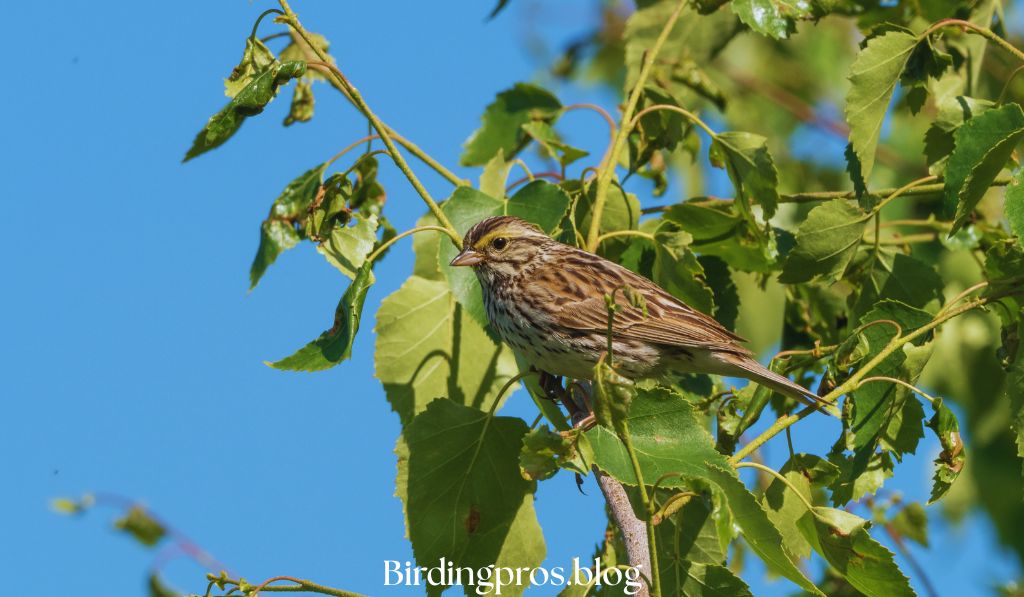
Savannah Sparrows are streaky-breasted birds with brief, notched tails. Many show an exclusive yellow patch in front of the attention, although this could be subtle in some humans. Their overall appearance is of a light brown, closely streaked sparrow.
These adaptable birds are decided throughout plenty of North America. They determine open, grassy habitats like fields, meadows, and coastal areas.
During breeding season, they occupy northern regions, whilst wintry weather finds them across the southern United States and into Mexico.
Unlike some distinct sparrows that opt for brushy environments, Savannah Sparrows generally inhabit open regions with enough grass cowl for nesting and foraging.
Understanding Sparrow Diets: The Key to Attraction

To efficiently entice native sparrows in your feeder, it’s essential to apprehend their dietary alternatives.
While there may be vast overlap in what unique sparrow species consume, there also are some unique options properly worth noting.
Seasonal Diet Variations
Sparrows, like many birds, adjust their diets seasonally primarily based on meals availability and dietary wishes:
Seeds: The Winter Staple
During fall and winter, maximum local sparrows depend heavily on seeds. This makes the much less warm months perfect for attracting them for your feeders. They particularly choose:
- Small grass seeds
- Weed seeds
- Various plant seeds
Their sturdy, cone-fashioned bills are flawlessly tailored for cracking open seed husks, allowing them to get right of access to the nutritious contents inside.
Insects: The Summer Protein Source
When the breeding season arrives in spring and summer time, sparrows shift their weight loss program to consist of more insects. This protein-rich food source is vital for:
- Supporting egg manufacturing in females
- Providing crucial nutrients for growing nestlings
- Maintaining character birds for the duration of the electricity-extensive breeding season
Many sparrows will feed bugs to their younger ones at the same time as continuing to devour a combination of seeds and bugs themselves.
Fruits and Berries: Nutritional Supplements
Some sparrow species will complement their diets with small stop results and berries when to be had.
These offer extra vitamins and range to their weight loss plan, mainly sooner or later of overdue summer time and fall when many flowers are producing fruit.
Species-Specific Preferences
While there is big overlap in weight loss plan amongst sparrow species, every has its very own alternatives:
Song Sparrow Diet
Song Sparrows have a numerous weight-reduction plan together with:
- Weed and grass seeds shape the majority in their wintry weather diet regime
- Small berries and end result whilst to be had
- Various bugs in the course of breeding season, along with beetles, caterpillars, and flies
- Will without troubles visit feeders offering appropriate seed mixes
Chipping Sparrow Diet
Chipping Sparrows recognition on:
- Small seeds, especially at some point of iciness months
- A higher percentage of insects all through breeding season
- Particularly fond of small insects like aphids and caterpillars
- Will go to feeders providing exceptional seeds that healthful their smaller bills
White-throated Sparrow Diet
White-throated Sparrows normally devour:
- Seeds and small fruits inside the path of winter
- More insects for the duration of summer breeding season
- Will scratch in leaf clutter seeking out hidden seeds and invertebrates
- Regular visitors to floor feeders and platform feeders
Savannah Sparrow Diet
Savannah Sparrows devour:
- A type of small seeds from grasses and weeds
- Insects, specifically in the course of breeding season
- Will forage by means of and massive on the ground in open regions
- May go to feeders that scatter seed at the ground
Geographic Distribution: Where to Find Native Sparrows
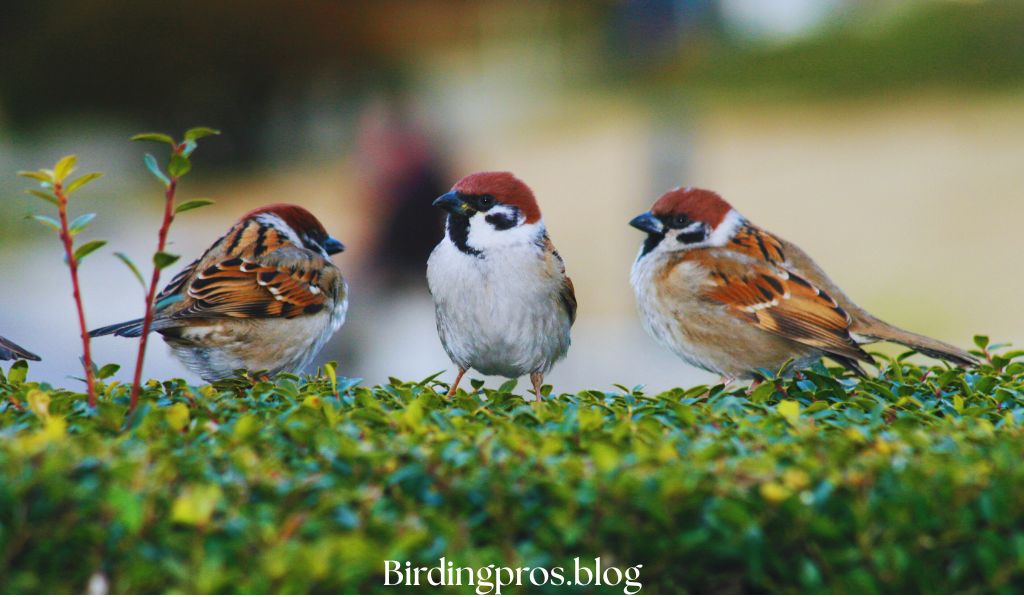
Understanding which particular sparrow species stay for the duration of the three hundred and sixty five days lets you recognize which ones you may lure for your outside. Each species has its own specific variety and migration patterns.
Song Sparrow Range
Song Sparrows have one of the maximum exquisite ranges of any North American songbird:
- Year-round citizens in plenty of the Japanese and western United States
- Breeding variety extends northward into Canada and Alaska during summer season
- Winter range covers maximum of the contiguous United States and northerly Mexico
- Some northern populations migrate south for wintry weather, at the same time as others stay resident 12 months-round
- Exhibit “leapfrog migration,” wherein northernmost breeders tour furthest south
They adapt to diverse habitats collectively with brushy areas, thickets, woodland edges, marshes, and suburban gardens with good enough cowl.
Chipping Sparrow Range
Chipping Sparrows show extraordinary seasonal actions:
- Breeding variety spans from Alaska across Canada and in the course of most of the united states
- Absent from the southeastern coastal east at some stage in breeding season
- Winter variety consists of the southern United States, Mexico, and components of Central America
- Highly migratory, with most northern populations shifting south for winter
They pick out open woodlands, wooded area edges, parks, and suburban areas with scattered bushes.
White-throated Sparrow Range
White-throated Sparrows have well-defined seasonal territories:
- Breeding range generally at some stage in Canada and the northeastern United States
- Favor boreal and mixed forests with dense understory at some point of breeding
- Winter variety extends during the japanese half of of america to northern Mexico
- A smaller wintering populace exists along the Pacific Coast
- Migrate through the Great Plains at some stage in spring and fall
During wintry weather, they search for regions with dense cowl like woodlots, thickets, parks, and wooded suburbs.
Savannah Sparrow Range
Savannah Sparrows occupy numerous habitats across a huge range:
- Breeding variety includes Alaska, Canada, and northerly/widespread United States
- Resident populations exist on the Pacific Coast and in Mexico
- Winter range encompasses the southern United States, Mexico, and additives of Central America
- Prefer open, grassy habitats in all seasons
Their desire for open regions distinguishes them from many one-of-a-kind sparrow species that want brushier environments.
The Perfect Sparrow Feeder: What to Offer and How
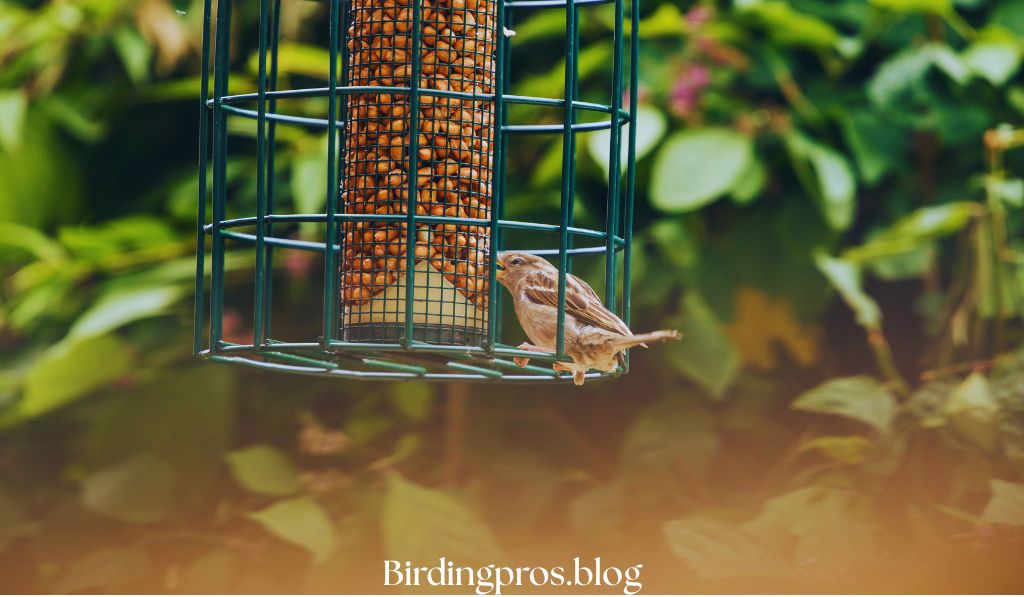
Now that you recognize the diverse nature of local sparrows, let’s become conscious of the realistic aspects of attracting them to your backyard. The right feeder setup and food offerings can make all of the distinction.
Best Seeds and Foods for Native Sparrows
While each sparrow species has its options, positive ingredients continually appeal to most nearby sparrows:
White Millet: The Universal Favorite
White millet is likely the unmarried satisfactory seed for attracting local sparrows. Its small length and nutritional price make it appealing to simply all sparrow species. This ought to be a staple for your sparrow-satisfactory feeding station.
Black Oil Sunflower Seeds and Chips
Black oil sunflower seeds are wealthy in fats and vitamins that sparrows need, particularly at some point of colder months.
While some smaller sparrow species may struggle with entire sunflower seeds, many can crack them open. Sunflower chips (hulled and broken pieces) are even more available and convey less waste.
Cracked Corn
Cracked corn is any other extremely good preference that appeals to many native sparrows. Its smaller length makes it less difficult for sparrows to eat than entire corn kernels.
Red Millet
While no longer as universally appealing as white millet, crimson millet is still attractive to many sparrow species, particularly Chipping Sparrows.
Seed Mixes
Quality seed mixes containing small seeds are great for attracting an entire lot of sparrow species. Look for mixes that comprise:
- White and purple millet
- Cracked corn
- Small sunflower chips
- Other small seeds like nyjer and canary seed
Avoid cheap mixes complete with fillers like milo, wheat, and oats, which many local sparrows will forget about.
Suet Offerings
During less warm months, some sparrows (particularly Song Sparrows) will visit suet feeders. Consider supplying:
- Plain suet cakes without extra flavors
- No-soften suet formulations during warmer weather
- Suet crumbles in platform feeders
Ideal Feeder Types for Sparrows
The shape of the feeder you use is honestly as essential as what you install it. Most local sparrows have specific feeding choices:
Ground Feeding Area
Many native sparrows prefer to feed directly on the ground. Create a dedicated ground feeding area with the useful resource of:
- Clearing a patch of ground under bushes or near shrubs
- Scattering seed on this area each day
- Keeping the area smooth to save you mould and ailment
- Ensuring a few cover is nearby for quick retreat
Platform Feeders
Platform feeders placed low to the ground are brilliant for sparrows that pick ground feeding but in a slightly more controlled surroundings. These feeders:
- Allow multiple birds to feed simultaneously
- Can be positioned at diverse heights (even though lower is better for sparrows)
- Provide better visibility of coming near predators
- Keep seed drier than when scattered right away at the ground
Hopper Feeders
Some sparrow species will go to hopper feeders, particularly if those are positioned pretty low. Features to look for include:
- Wide feeding platforms in which birds can perch
- Good seed safety from the elements
- Designs that save you seed from turning into wet or moldy
Tube Feeders
While not the primary preference for plenty of sparrows, tube feeders with perches (not really clinging ports) can entice some species, mainly if complete of smaller seeds like millet.
Creating a Sparrow-Friendly Environment

Offering the proper food is vital, but growing an appealing typical environment will dramatically grow your fulfillment in attracting native sparrows.
Cover and Protection
Sparrows are small birds at risk of predators, so they need to revel in secure even as traveling your outside:
- Plant dense shrubs near feeding areas in which sparrows can rapid retreat
- Create brush piles from fallen branches and yard trimmings
- Leave sections of your outside with taller grass and neighborhood flora
- Position feeders inside 10-15 ft of protective cowl
Water Sources
Like all birds, sparrows need dependable water assets for ingesting and bathing:
- Provide shallow fowl baths with difficult-textured basins for better footing
- Keep water glowing and clean, converting it each 1-2 days
- Consider adding a water dripper or bubbler to draw birds with the sound of transferring water
- In wintry climate, use heated chook baths in chillier regions
Native Plantings
Enhance your backyard’s appeal thru which includes flowers that provide herbal food property:
- Native grasses that produce small seeds (like little bluestem and switchgrass)
- Seed-producing perennials collectively with coneflowers, black-eyed Susans, and sunflowers
- Berry-producing shrubs that offer each food and shelter
- Plants that enchantment to bugs at some point of breeding season
Maintaining a Consistent Feeding Schedule
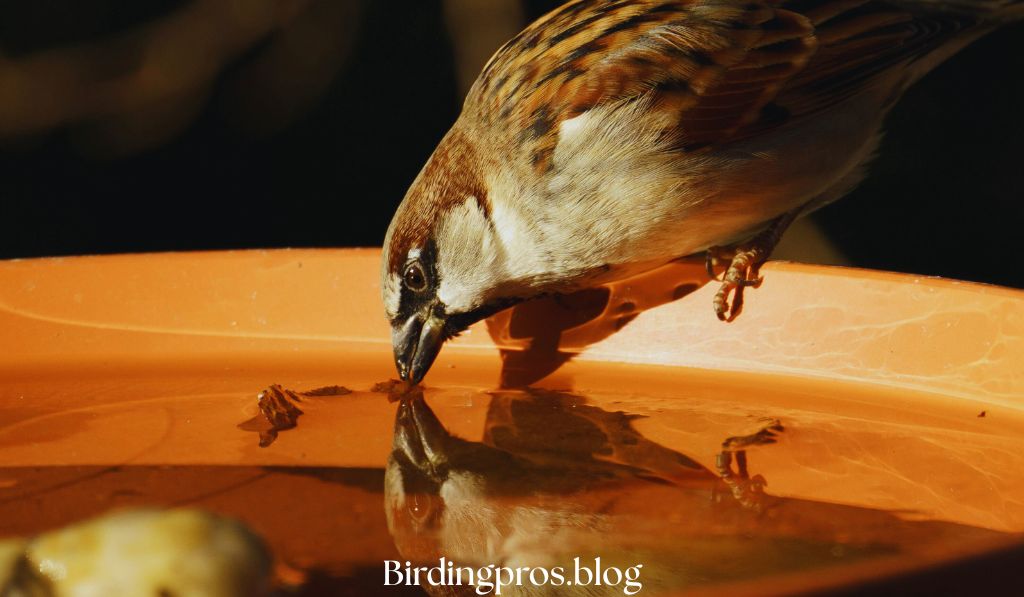
Consistency is possibly the most essential component in preserving sparrows returning for your feeders on a daily basis.
Regular Feeding Times
Birds often increase sporting events spherical food availability:
- Try to fill feeders on the equal instances every day
- Consider feeding early morning and late afternoon, while sparrows are most energetic
- Don’t all at once prevent feeding, specifically at some stage in harsh weather situations
Year-Round Offerings
While it’s not unusual to feed birds in wintry climate, maintaining your feeding stations year-round offers several advantages:
- Helps parent birds discover greater meals within the course of the demanding breeding season
- Supports birds throughout migration periods whilst power needs are high
- Establishes your outside as a dependable meals supply that birds will remember and go back to
Cleanliness and Maintenance
Proper feeder maintenance is vital for chook health:
- Clean feeders regularly (each 1-2 weeks) with a mild bleach answer (1 component bleach to nine factors water)
- Remove moist or moldy seed at once
- Rake up fallen seed from the floor to save you mould boom
- Move floor feeding areas now and again to prevent buildup of waste
Sparrow Identification Tips for Beginners
As you attract extra native sparrows to your backyard, you may need to become aware of which species are travelling. Here are some recommendations to help you distinguish between common species:
Key Field Marks to Look For
When seeking to understand sparrows, reputation on the ones distinguishing features:
- Head pattern: Look for stripes, eye earrings, or high-quality coloration
- Breast pattern: Check for streaking or a principal breast spot
- Overall shade: Note whether or not the chook is generally grey, brown, or rufous
- Size and form: Compare length to familiar birds and examine frame form
- Behavior: Observe how they flow (hopping vs. Strolling) and feed
When and Where to Watch
Timing your remark can improve your probabilities of seeing extraordinary sparrow species:
- Early morning is usually while sparrows are most active at feeders
- Different species can also visit at specific times of day
- Some species are greater visible throughout migration intervals
- Winter frequently brings different sparrow species than summer time
Using Technology to Aid Identification
Today’s fowl watchers have super equipment available:
- Bird identity apps like Merlin Bird ID or Audubon can help with visual identity
- Record and examine fowl songs with apps like BirdNET
- Join citizen technology duties like eBird to document your sparrow sightings
- Take pictures at the same time as feasible to have a look at markings later or get help with identity
Seasonal Considerations for Sparrow Feeding
Your method to feeding sparrows must adapt for the duration of the year to shape their converting dreams and behaviors.
Winter Feeding Strategies
Winter is frequently the very great time to attract sparrows to feeders:
- Increase the amount of excessive-fats food like sunflower seeds
- Consider offering suet for extra energy
- Provide refuge from harsh weather near feeding stations
- Keep feeders whole throughout storms and excessive cold
- Clear snow from floor feeding regions whilst important
Spring and Summer Adjustments
As breeding season techniques, remember these adjustments:
- Continue presenting seeds but in smaller portions
- Reduce or take away suet in the course of heat weather to prevent spoilage
- Create insect-best areas for your outdoor to offer herbal protein property
- Provide nesting materials like small twigs, grass, and doggy fur
- Maintain quiet zones away from feeding regions in which birds could in all likelihood nest
Fall Migration Support
Fall brings special possibilities to look migrating sparrows:
- Increase seed services as extra birds skip thru
- Watch for species that would best visit at some point of migration
- Maintain water assets for tired tourists
- Keep feeders full as daylight decrease
Conservation Considerations for Native Sparrow Species
Many local sparrow populations face challenges from habitat loss, weather trade, and other human activities. As a bird fanatic, you could make a contribution to conservation efforts.
Creating Habitat, Not Just Feeding Stations
While feeders offer supplemental food, growing natural habitat is even greater precious:
- Leave sections of your backyard unmowed and “messy” with nearby vegetation
- Reduce or take away pesticide use to make sure wholesome insect populations
- Plant local grasses, vegetation, and shrubs that offer natural food sources
- Consider converting components of your garden with native vegetation
Contributing to Citizen Science
Your observations can contribute to clinical know-how:
- Report your sparrow sightings via eBird or Project FeederWatch
- Participate in annual bird counts just like the Christmas Bird Count
- Document modifications in arrival and departure dates of migratory species
- Note breeding behaviors you take a look at
Supporting Sparrow-Friendly Policies
Broader conservation efforts should make a big distinction:
- Support land conservation tasks on your network
- Advocate for chook-pleasant building designs to lessen collisions
- Encourage community planting of local plants
- Share your knowledge approximately neighborhood sparrows with pals and buddies
Common Challenges and Solutions
Even experienced chook feeders stumble upon demanding situations at the same time as trying to entice nearby sparrows. Here are solutions to commonplace problems:
Dealing with House Sparrow Competition
The non-native House Sparrow can sometimes dominate feeders and discourage native species:
- Avoid presenting bread, bakery scraps, and millet on platform feeders
- Use tube feeders with out perches that choose clinging birds over House Sparrows
- Consider specialised feeders designed to exclude larger birds
- Focus on ingredients that neighborhood sparrows pick out however House Sparrows are much less interested in
Managing Predators
Cats and superb predatory birds can discourage sparrows from travelling:
- Position feeders wherein cats cannot cover close by
- Use baffles on poles to prevent mountain climbing predators
- Place feeders in open regions wherein coming near predators may be visible
- Consider temporary feeding pauses if hawks turn out to be everyday website visitors
Weather Challenges
Weather conditions may have an effect on your achievement in attracting sparrows:
- Use covered feeders to maintain seed dry for the duration of rain
- Create windbreaks close to feeding regions inside the direction of stormy weather
- Provide more than one feeding stations to reduce opposition at some stage in harsh situations
- Ensure feeding areas collect morning solar for the duration of bloodless weather
Final Thoughts: The Joy of Native Sparrows
While they’ll not have the flashy shades of some other backyard birds, local sparrows provide their very own unique attraction. Their subtle splendor, diverse behaviors, and melodious songs can bring endless pleasure in your bird looking experience.
By developing a welcoming environment with suitable meals, water, and refuge, you may soon discover the pleasure of searching for those adaptable and captivating birds that visit your yard every day.
Each species brings its personal character and behavior, offering you the possibility to examine the captivating range of local sparrow life in the course of the changing seasons.
Remember that attracting sparrows isn’t quite offering food—it is approximately developing a habitat in which the ones birds can thrive.
Your efforts help no longer only the birds that go to your backyard however make contributions to the broader conservation of those essential neighborhood species.
So set up those feeders, plant those nearby grasses, and prepare to welcome a pleasing array of sparrows on your out of doors chook sanctuary.
The secret to retaining their coming lower back is truly experiencing their desires and presenting for them continuously.
Your praise might be the each day visits of those splendid birds and the information which you’re assisting local flora and fauna for your personal backyard.

